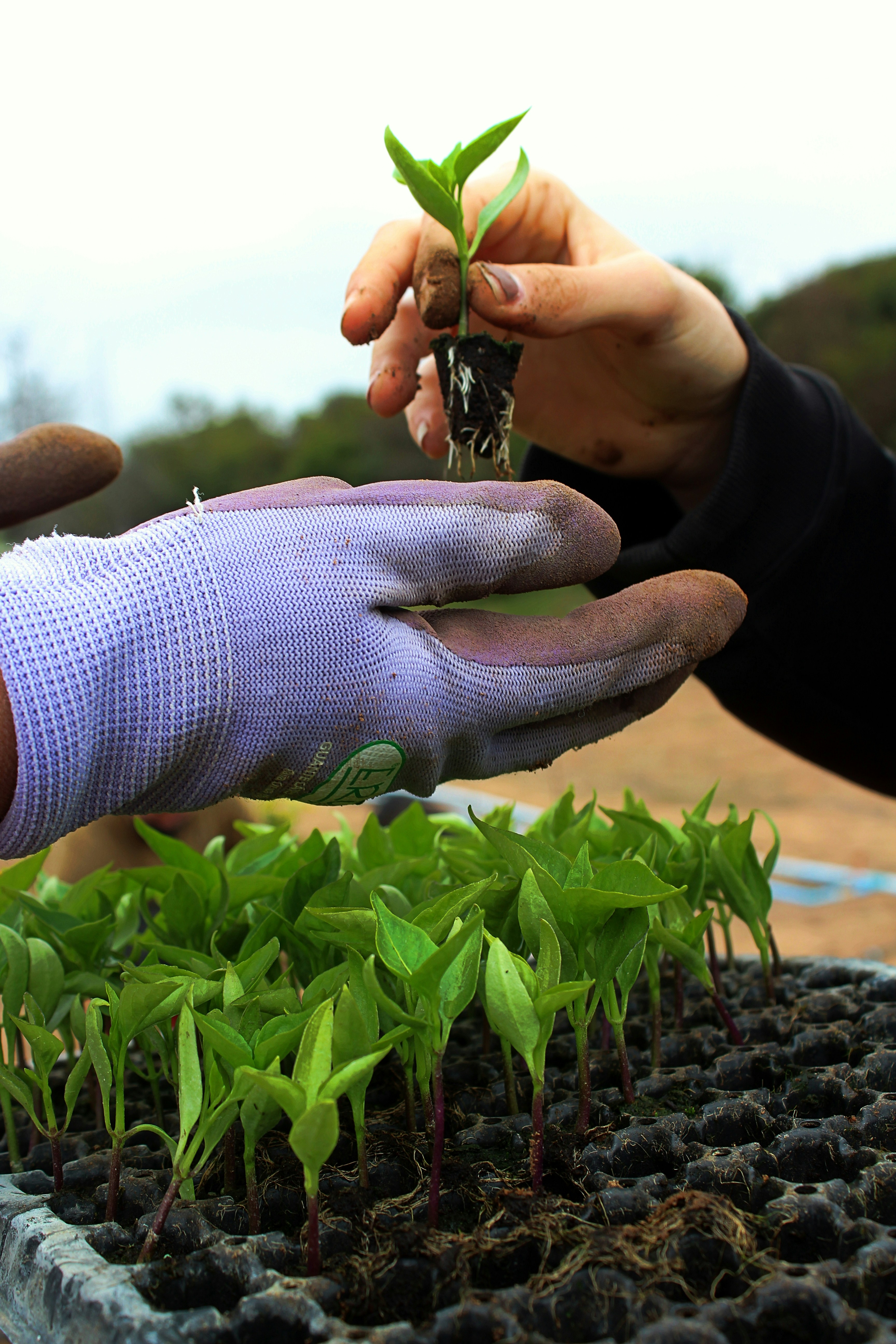Understanding Biparental Plastid Inheritance
Biparental plastid inheritance (BPI) is a rare yet fascinating phenomenon observed in approximately 20% of angiosperm species, where chloroplasts and other plastids can be inherited from both the mother and father. While most plants follow maternal inheritance, recent insights reveal that BPI could transform our approach to plant bioengineering.
Mechanisms Behind Biparental Inheritance
Recent reviews detail the genetic mechanisms that influence the inheritance of plastids. During the development of male gametes (pollen), organelle genomes often face degradation or exclusion through specific genetic regulations. It has also been shown that environmental factors, such as temperature, can impact the outcomes during pollen development, possibly leading to a shift toward biparental inheritance.
The Implications for Plant Genetic Engineering
The potential implications of BPI in plant genetic engineering are vast. The shift toward biparental transmission of plastids could significantly reduce the number of breeding generations required to create homoplasmic transplastomic plants, where all plastid genomes in a cell carry the desired transgene. This means faster development and broader applications in synthetic biology, paving the way for innovative solutions in agriculture and biotechnology.
News Report: Biparental Plastid Inheritance May Revolutionize Plant Bioengineering
A new review published in Plant Cell Reports sheds fresh light on a rare phenomenon in plants known as biparental plastid inheritance (BPI) — where plastids (such as chloroplasts) are inherited from both parents — and highlights its potential to transform plastid genome engineering. SpringerLink
🔍 What’s New
-
In most plants, plastids (and mitochondria) follow maternal inheritance, meaning offspring receive them only from the mother’s side. SpringerLink+1
-
However, BPI is observed in roughly 20% of angiosperm species, where plastids can occasionally be inherited from the father as well. SpringerLink
-
The authors review the mechanisms underlying maternal vs. biparental inheritance:
-
In male gametes (pollen), organelle genomes are often selectively degraded or excluded via genetic regulation during pollen development. SpringerLink
-
Environmental factors such as temperature during pollen formation can also influence the inheritance mode. SpringerLink
-
-
Importantly, the review highlights recent evidence that manipulating certain genes (or environmental conditions) can shift inheritance toward biparental transmission of plastids. SpringerLink
🚀 Why It Matters
-
Faster development of homoplasmic transplastomic plants: In plant genetic engineering, it’s often desirable to have all plastid genomes in a cell carry a transgene (i.e. “homoplasmic” lines). BPI could reduce the number of breeding generations required to reach this ideal state. SpringerLink
-
Broader applications in synthetic biology & agriculture: Introducing desirable traits (e.g. disease resistance, biofortification) into chloroplasts is more secure (less horizontal gene flow) and efficient. Harnessing BPI might accelerate these engineering goals. SpringerLink
-
Evolutionary and fitness implications: The review also ponders why maternal inheritance predominates — stability and compatibility issues may favor it — and why BPI remains rare yet evolutionarily significant in certain species. SpringerLink


